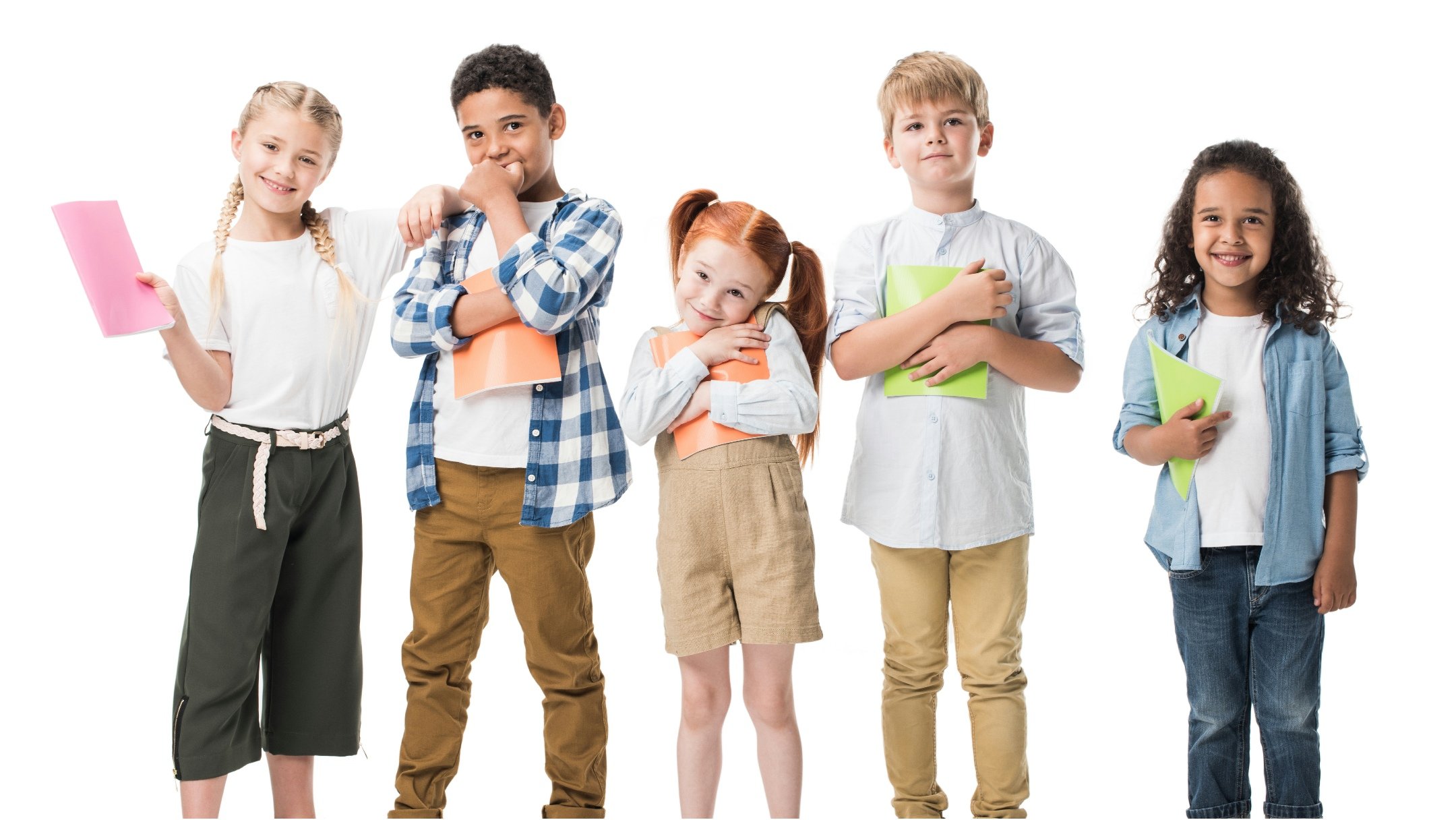Popular Methods for Mastering Potty Training
Potty training is a significant milestone in a child's development, symbolizing a move toward independence. However, this journey can be fraught with challenges and setbacks for parents and children. I've seen numerous approaches to potty training, but success often hinges on readiness, consistency, and positive reinforcement. Let's explore some popular and effective potty training methods that have stood the test of time, offering families a pathway to diaper-free days.
1) The Child-Oriented Approach
This method emphasizes waiting until the child shows signs of readiness before starting potty training. Signs include:
Showing interest in the bathroom habits of others.
Staying dry for more extended periods.
Being able to follow simple instructions.
The child-oriented approach advocates for a relaxed stance, allowing the child to lead the process and encouraging them through praise and encouragement.
Key Strategies:
Wait for signs of readiness.
Introduce the potty and discuss its use casually.
Celebrate successes but avoid punishment for accidents.
2) The Three-Day Method
Popularized by several parenting authors, this intensive method is designed for quick results, typically over a long weekend or three days. The essence of this approach is to switch directly from diapers to underwear, focusing on frequent trips to the potty, positive reinforcement, and constant vigilance by the caregiver.
Key Strategies:
Clear your schedule for three days of focused training.
Switch to underwear and explain the process to your child.
Take your child to the potty at regular intervals, celebrating successes.
Handle accidents calmly and reassure your child.
Have plenty of baby wipes and paper towels ready.
3) The Brazelton Method
Like the child-oriented approach, the Brazelton Method emphasizes waiting for signs of readiness but incorporates a more structured introduction to the potty. This method suggests making the potty a familiar and non-threatening object in the child's environment, gradually encouraging its use through gentle encouragement and patience.
Key Strategies:
Introduce the potty as a regular bathroom part but without pressure to use it.
Encourage sitting on the potty at specific times, such as after meals.
Celebrate successes and approach accidents with reassurance.
4) The Parent-Led Approach
This method involves a more parent-directed approach. The parent decides when to start potty training based on their assessment rather than waiting for the child to indicate readiness. It requires a routine and consistent schedule for taking the child to the potty, often after meals and before bedtime, emphasizing creating a habit.
Key Strategies:
Establish a potty schedule and stick to it.
Use positive reinforcement to encourage success. To some parents, this may include a reward, like a small toy, each time the child willingly agrees to visit the potty or attempts to go potty.
Be patient and consistent, adjusting the schedule based on your child's progress.
General Tips for Potty Training Success
Regardless of the method you choose, these universal tips can help make the potty training process smoother and more effective:
Prepare Your Child: Talk about potty training positively and excitingly before you begin.
Choose the Right Equipment: Whether it's a potty chair or a special seat that fits on your regular toilet, make sure it's comfortable and accessible for your child.
Dress for Success: Put your child in clothes that are easy to take off quickly.
Celebrate Achievements: Use praise, stickers, small toys, or a reward chart to celebrate your child's successes.
Stay Positive: Accidents will happen. Stay calm and reassuring, emphasizing that it's all part of the learning process.
Knowing When to Seek Help and How To Include Others
While potty training can be challenging, most children will become proficient with patience and consistent effort. However, consulting a pediatrician or pediatric therapist may be helpful if you encounter persistent difficulties or regressions. They can provide guidance, assess for any underlying issues, and offer additional strategies tailored to your child's needs.
Remember
Potty training is a journey of patience, learning, and celebration. By choosing a method that aligns with your child's readiness and your family's lifestyle and employing consistent, positive reinforcement, you can achieve this milestone together, marking one of the many achievements in your child's early years.
One note of consideration, though, is to be mindful of professionals in this transitional period. Tell anyone who will treat or have your child in their direct care during this transition period that your child is not yet potty trained and that you have them in regular clothing. Due to the public setting, they may reschedule appointments to avoid unsanitary circumstances or ask you to wait on the potty training until after the appointment or treatment program has been completed.
Kimberley Arnett-DeSimone, a career pediatric occupational therapist in Huntersville, North Carolina, authored this post.




